Vagif Mausoleum
Molla Panah Vagif Mausoleum or the museum-mausoleum complex is located in the southeastern part of Shusha, on the Jidir Plain (translated from Azerbaijani – a field for horse race).
[K. M. Mammadzadeh. N.A. Sarkisov. Shusha. Vagif Mausoleum. 1986, pp. 42-43]

The mausoleum was built on the tomb of the Azerbaijani poet and statesman, İbrahim Khalil Khan’s vizier – Molla Panah Vagif (1717-1797). The mausoleum was built by Azerbaijani architects Abdulvahab Salamzadeh, Eldar Kanukov and sculptor Albert Mustafayev.
[“Bakinskiy rabochiy” newspaper № 13 (19341) 16.01.1982, p. 1]
[K. M. Mammadzadeh. N.A. Sarkisov. Shusha Vagif Mausoleum. 1986, pp. 70; 73]
[E. Avalov. Architecture of the city of Shusha and problems of preservation of its historical appearance. 1977, p. 56]
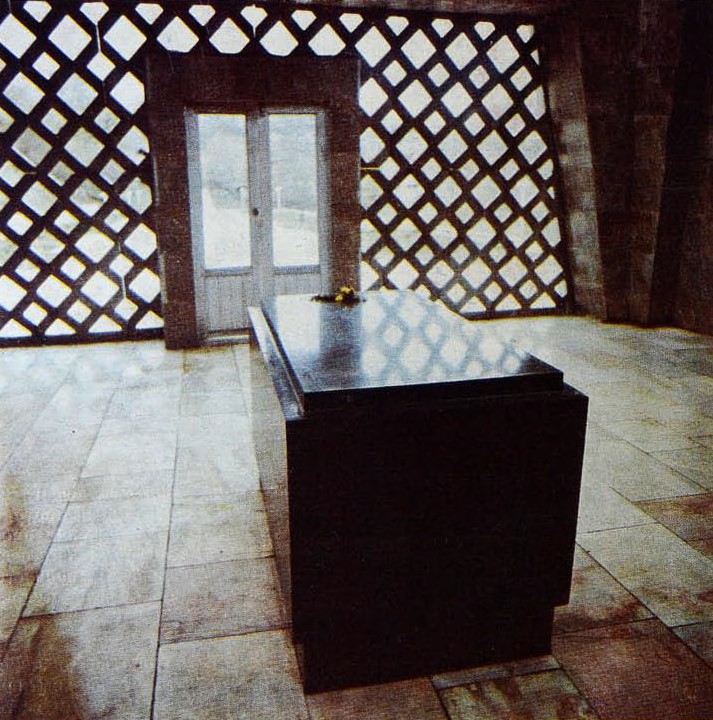
The architectural composition of the building is holistic and harmonious. It consists of two parts: the bottom part – in the form of a truncated pyramid and the upper part – dynamically directed upward with pylons. A flat reinforced concrete ceiling with piers projecting slightly above the floor plane and an aluminum grid of the facade substitute the dome. The monumental walls and pylons of the rectangular tower are covered with local reddish-pink marble, and the interior decoration is made of light-gray polished marble.
[K. M. Mammadzadeh. N.A. Sarkisov. Shusha Vagif Mausoleum. 1986, pp. 50;52]
[E. Avalov. Architecture of the city of Shusha and problems of preservation of its historical appearance. 1977, p. 100]
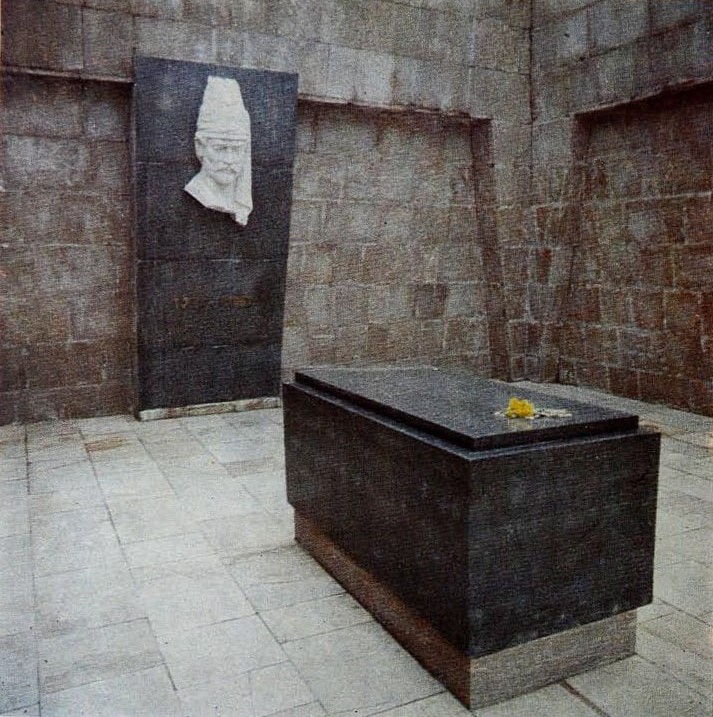
The memorial hall constituted a square room with a flat face in the center of which above Vagif’s tomb along the axis of the main entrance was a rectangular sarcophagus made of black (dark green) marble. At the back of the hall, on the opposite site was a portrait of the poet on a marble sculpture slab. Light entered the tombstone through the geometric transparent large cells of the “shebeke”. The entrance to the tomb was designed in the shape of an ornamental portal. The word “Vaqif” was inscribed on the wide strip of marble frieze above the entrance.
[“Bakinskiy rabochiy” newspaper. № 13 (19341) 16.01.1982, p. 1]
[K. M. Mammadzadeh. N.A. Sarkisov. Shusha Vagif Mausoleum. 1986, pp. 52;54;56-57;60]
[E. Avalov. Architecture of the city of Shusha and problems of preservation of its historical appearance. 1977, p. 100]
“In the construction of Vagif Mausoleum, in contrast to architecture of this type of building, the authors for the first time refused the traditional archaic division of the internal space into tiers. Thus, the interior of the hall is perceived as a whole. İn making such a decision, the authors considered the fact that the mausoleum is a kind of national museum.”
[E. Avalov. Architecture of the city of Shusha and problems of preservation of its historical appearance. 1977, p. 100]
In addition, in the book of the Azerbaijani artist Elturan Avalov it is noted that the Vagif Mausoleum became the second mausoleum with a minaret built in Soviet times after the Nizami Ganjavi Mausoleum in Ganja.
[E. Avalov. Architecture of the city of Shusha and problems of preservation of its historical appearance. 1977, p. 100]
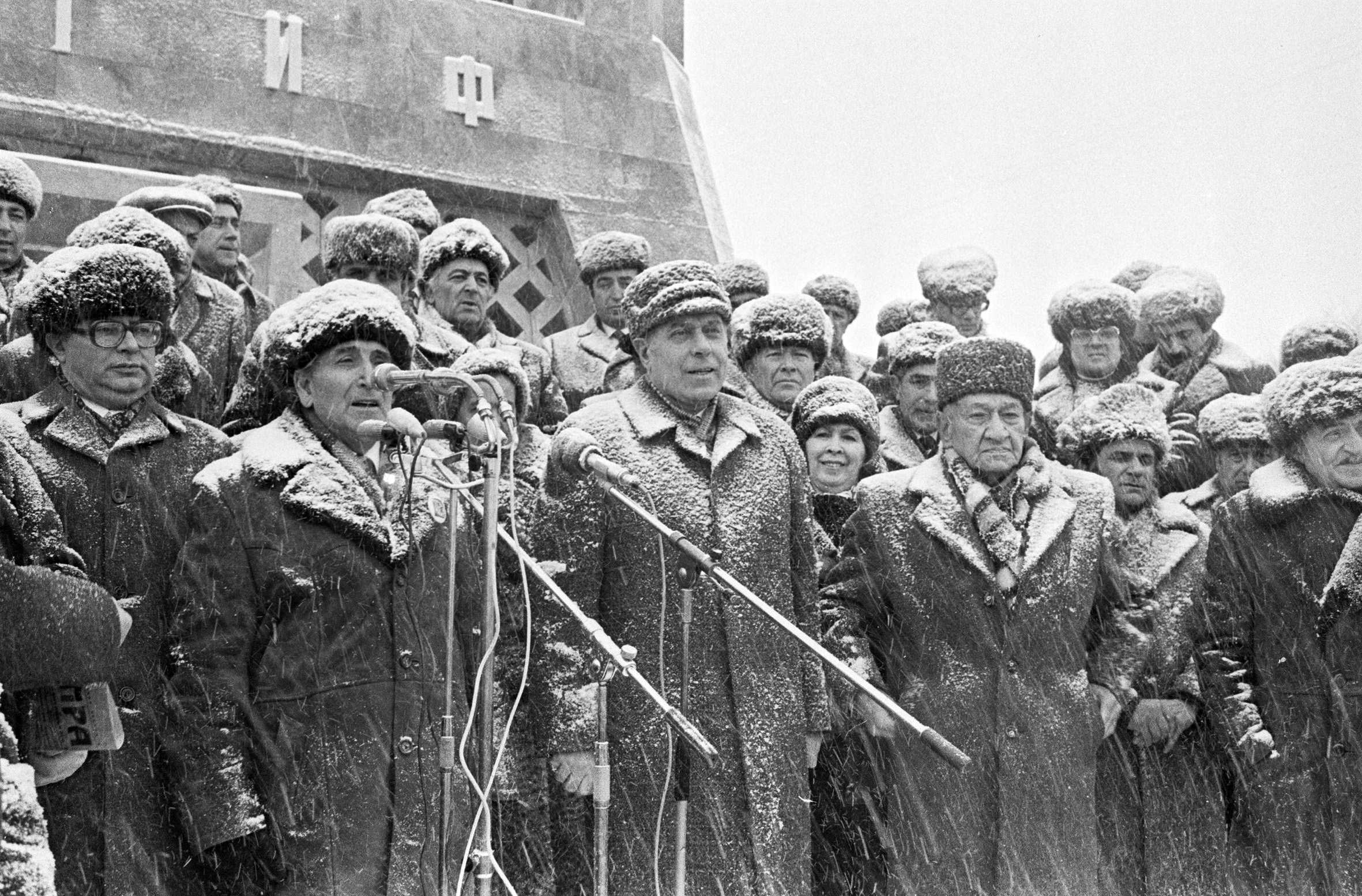
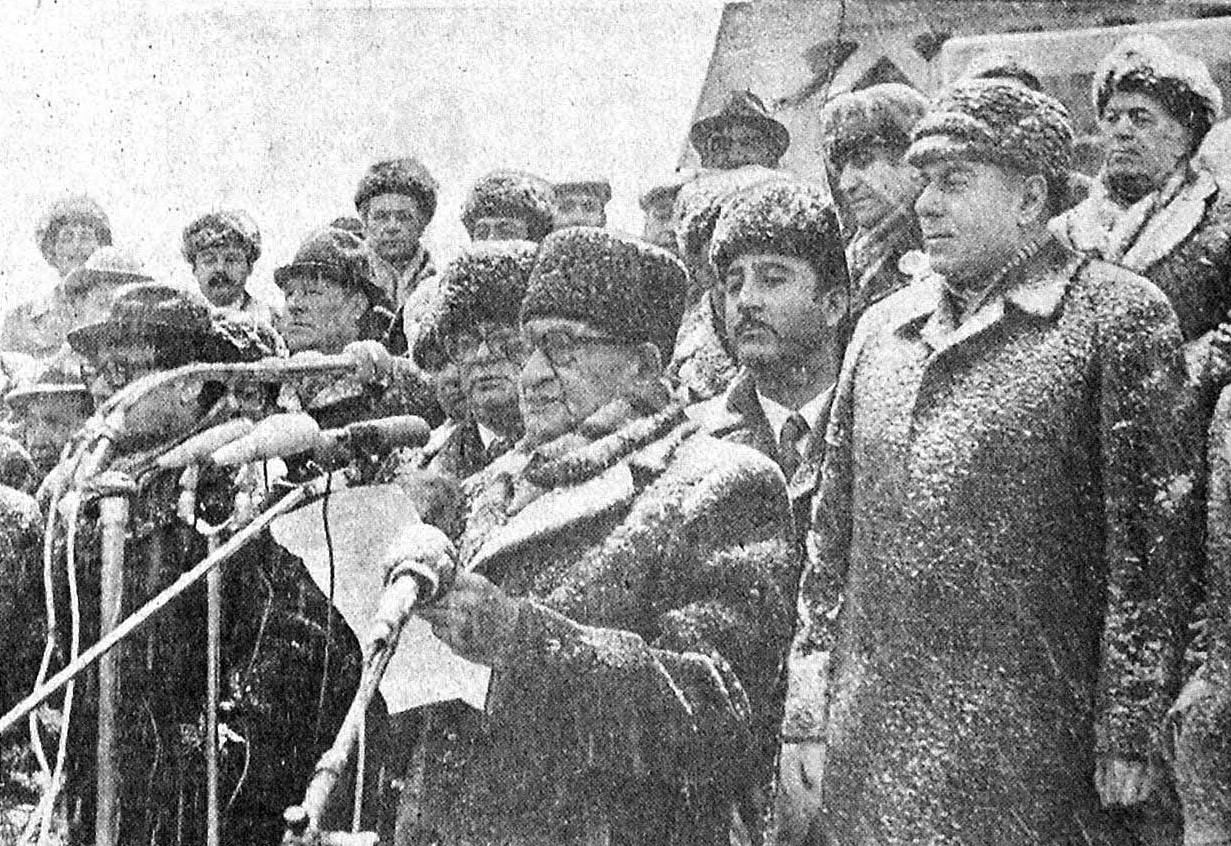
The official opening of the Vagif Mausoleum took place on January 14, 1982. The opening ceremony was attended by the former General Secretary of the Central Committee of the Communist Party of Azerbaijan Heydar Aliyev and Azerbaijani figures of literature and art: writers Mirza İbrahimov, Suleyman Rustam; poets Bakhtiyar Vahabzadeh, Nabi Khazri, Jabir Novruz; conductor Niyazi; opera singer Lutfiyar İmanov; theater director Shamsi Badalbeyli; composers Jahangir Jahangirov, Rauf Hajiyev; artists Latif Karimov, Togrul Narimanbaev; sculptor-monumentalists Tokay Mammadov, Omar Eldarov and others.
[“Bakinskiy rabochiy” newspaper. № 13 (19341) 16.01.1982, p. 1]
[K. M. Mammadzadeh. N.A. Sarkisov. Shusha Vagif Mausoleum. 1986, p. 62]
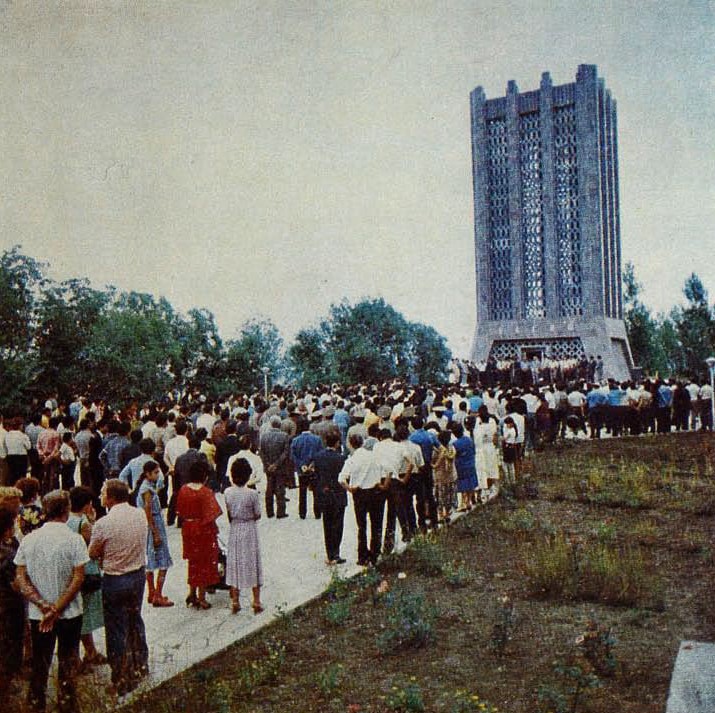
A national poetry festival known as the Days of Vagif Poetry was held near the mausoleum for the first time on July 29, 1982.
[K. M. Mammadzadeh. N.A. Sarkisov. Shusha Vagif Mausoleum. 1986, p. 62]
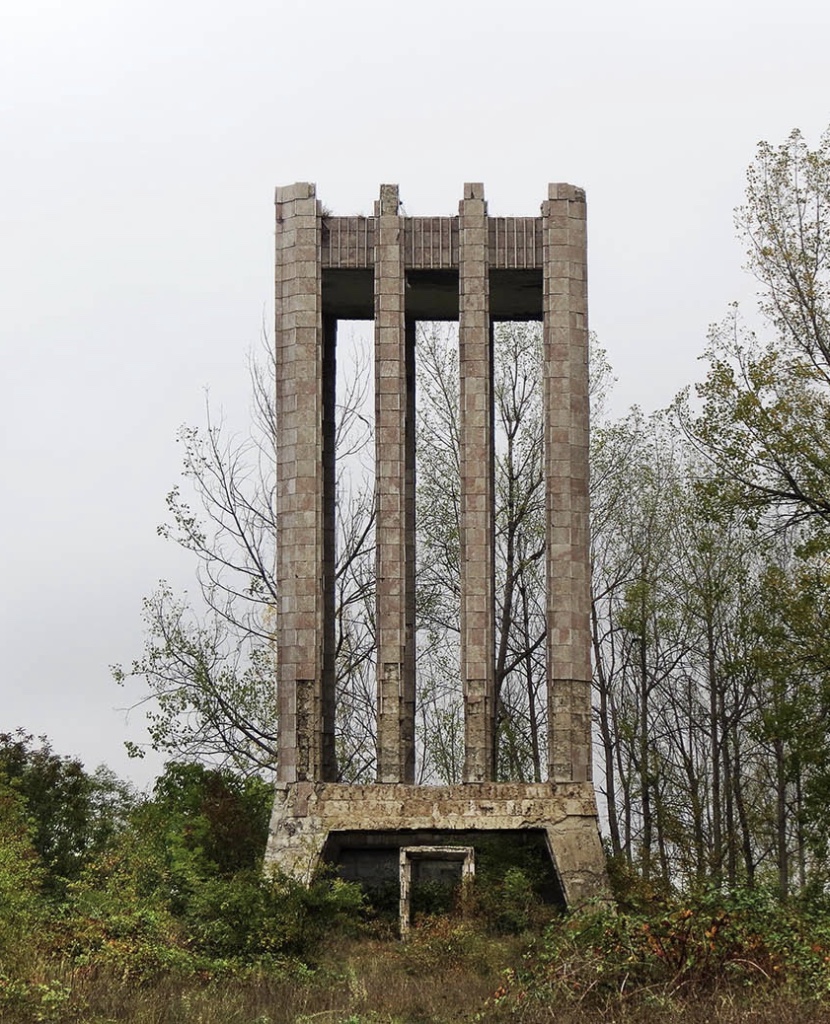
In 1992, after the occupation of the city of Shusha by the armed groups of Armenia, the mausoleum was vandalized.

After the liberation of the city from occupation during the Second Karabakh war (November 8, 2020) the Mausoleum was restored in 2021. The official opening ceremony of the Mausoleum took place on August 29, 2021, and a day after more than 30 years of hiatus, the celebrations of Vagif Poetry Days took place in front of the monument. President of Azerbaijan İlham Aliyev took part in the opening ceremony of the literary event. On July 14-15, 2022, Vagif Poetry Days took place for the second time after the liberation of the city of Shusha from occupation.